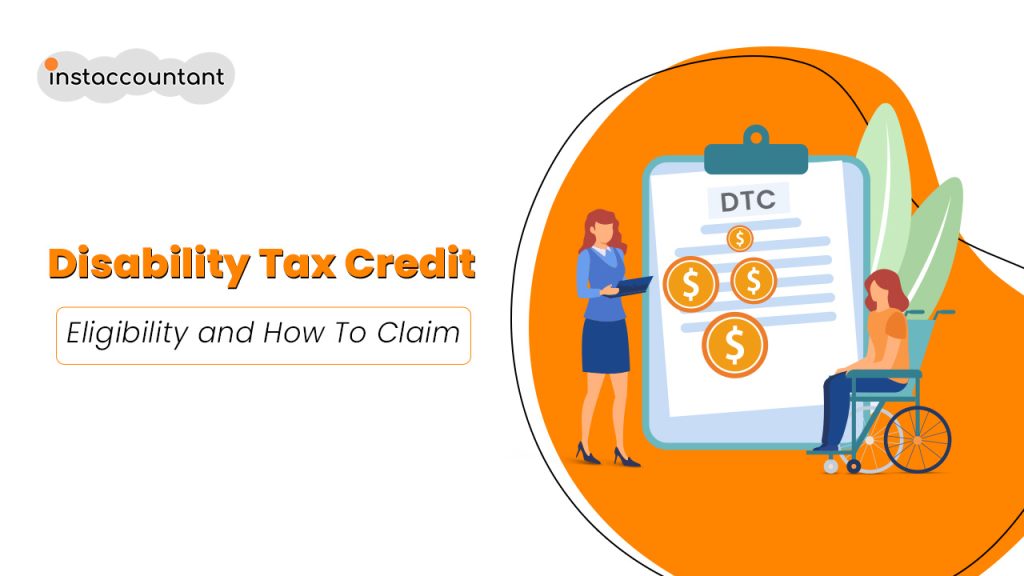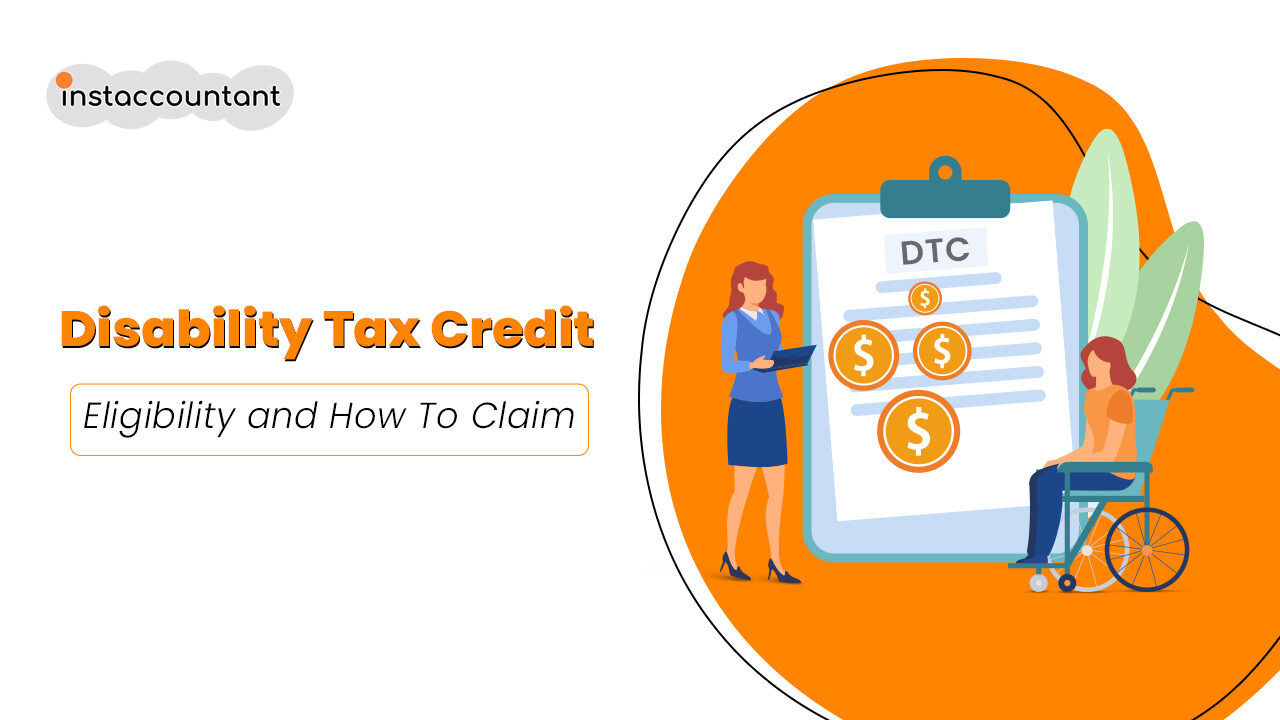Living with a physical or mental impairment can incur significant extra costs. The Canadian government recognizes these challenges and offers the Disability Tax Credit (DTC) to provide some financial relief. Understanding the Disability Tax Credit and its eligibility criteria is crucial for individuals with physical or mental impairments, as well as their supporting family members. This tax credit aims to alleviate some of the financial burdens associated with impairments. This guide explores everything you need to know about the Disability Tax Credit, from eligibility to claiming the credit.

What is the Disability Tax Credit (DTC)?
The Disability Tax Credit is a non-refundable tax credit provided by the Canada Revenue Agency (CRA) to individuals with physical or mental impairments. It is designed to support family members manage the additional costs associated with their impairments. Qualifying for the DTC can provide financial relief and eligibility for additional benefits.
Qualifying impairments can include:
- Mobility impairments
- Blindness and low vision
- Hearing impairments
- Speech impairments
- Learning disabilities
- Mental health conditions
- Severe allergies
- Type 1 Diabetes (criteria recently eased)
How to Qualify for the Disability Tax Credit
To receive the DTC, you need to meet two main criteria:
- Severe and Prolonged Impairment: Your medical practitioner needs to certify that your impairment is severe and prolonged. This means it significantly limits your ability to perform daily activities and is expected to last for at least 12 months.
- Eligible Functions Affected: Your impairment must limit your ability to perform at least one basic activity of daily living (e.g., dressing, feeding, bathing) or significantly restrict you in your ability to obtain a job, maintain employment, or participate in education.
The Disability Tax Credit Application Process
- Medical Practitioner Assessment: A medical practitioner (doctor, nurse, psychologist, etc.) needs to complete a medical certificate outlining your impairment and its impact on your daily life using Form T221 (Disability Tax Credit Certificate).
- Submit the Application: You can submit the completed application electronically through your My CRA Account or by mail to the CRA.
- CRA Review: The CRA will review your application based on the medical information provided. You may be contacted for additional information if needed.
- CRA Decision: The CRA will send you a notification informing you of their decision and which years you qualify for the credit.
It is important to note that the CRA’s decision may take some time, and applicants should be patient during the review process.
Key Points to Remember
Retroactive Claims:
If an individual has never applied for the DTC but has a pre-existing impairment, the CRA allows them to amend their prior year tax returns going back up to 10 years. This enables them to claim the DTC for those years based on the CRA’s decision regarding when they should have qualified. Retroactive claims can result in tax refunds, putting money back in the individual’s pocket.
Transferring the Credit:
In cases where the person with the impairment does not require the full benefit of the DTC, it can be transferred to a supporting family member. However, the CRA has specific eligibility criteria for the transfer, which need to be approved before the transfer can be claimed. This option allows the supporting family member to benefit from the tax credit.
Medical Practitioner Fees:
Beyond the application process, there are additional considerations to keep in mind. If the medical practitioner charges a fee for filling out the DTC application, it may be possible to claim that fee as a medical expense on the tax return.
Claiming the Disability Tax Credit on Your Tax Return
Once the CRA approves your application, you will receive a notification detailing the years you qualify for the credit. You can then claim the DTC amount on your tax return for those years.
Important Reminders
- Apply for the DTC even if you’re unsure about your eligibility. The CRA will make the final decision based on the medical professional’s assessment.
- You can submit the application yourself once it’s completed by your medical practitioner, or you can have them submit it electronically.
- Beware of paid DTC application services. The CRA has set a maximum fee of $100 for assistance with the application process.
Conclusion
The Disability Tax Credit is a valuable tax benefit for Canadians living with disabilities. By understanding the eligibility criteria and the application process, you can access this financial support and ease the financial burden associated with your impairment. Don’t hesitate to apply if you feel you may qualify. The CRA will make a decision based on the medical professional’s assessment, and the application process is free. Don’t hesitate to reach out to the CRA or seek professional advice from a tax specialist if you have further questions.




